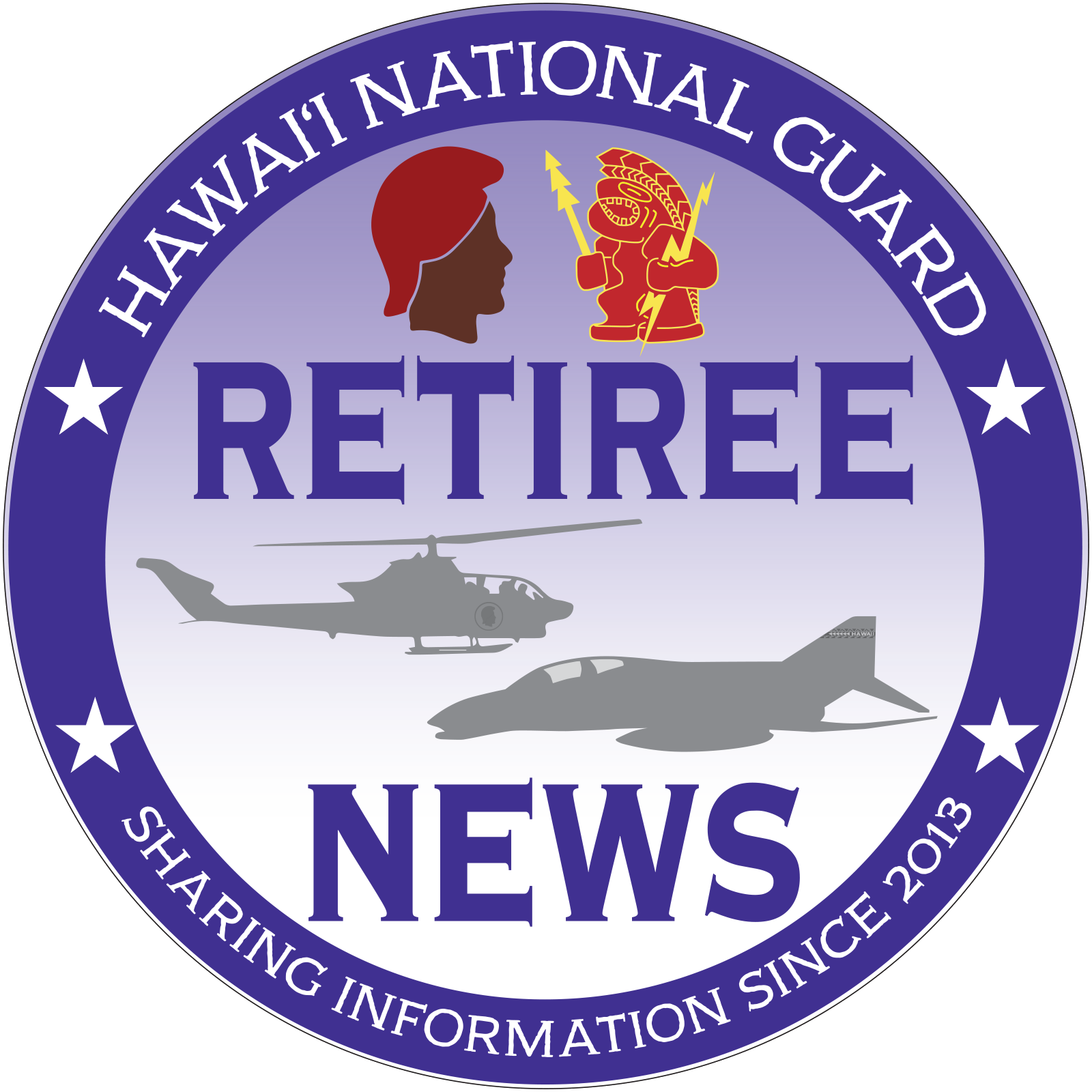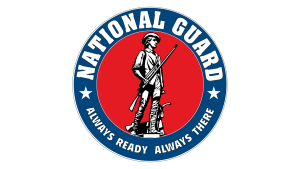Hawaii National Guardsmen Remembered for Displaying Extraordinary Heroism
Posted on Mar 25, 2025 in 1940's, 1950's, Check SixNational Medal of Honor Day, a U.S. federal observance, is celebrated annually on March 25th to honor the heroism and sacrifice of Medal of Honor recipients.
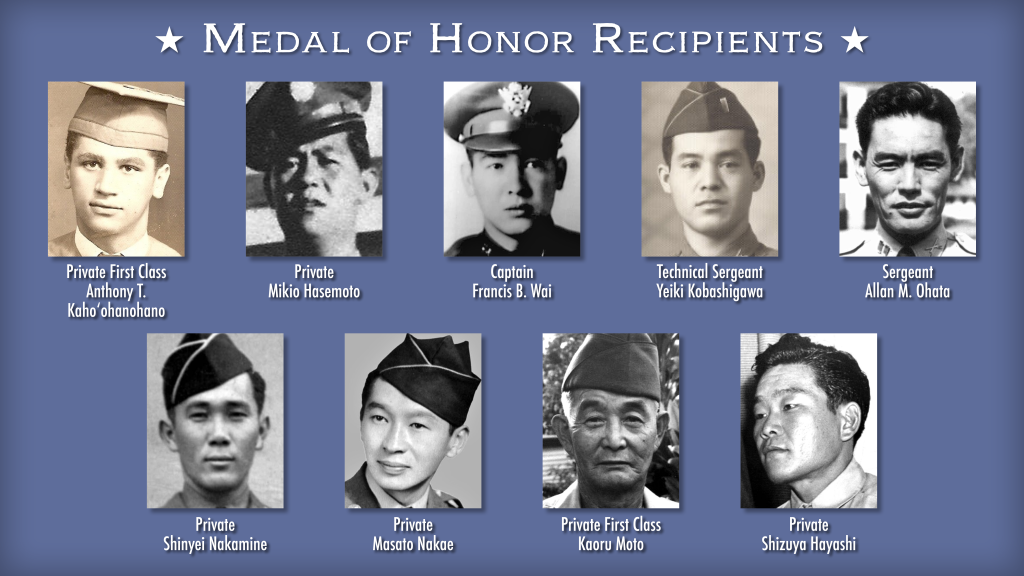
The Medal of Honor is the highest U.S. military award for valor in combat. Over 3,400 Medals of Honor have been awarded to members of the Armed Forces and the Coast Guard. The medal is given only for exceptional bravery, supported by thorough documentation.
Nine Hawaii Guardsmen have been awarded the Medal of Honor throughout the history of the Hawaii National Guard.
These men, were originally awarded the Distinguished Service Cross, had their awards upgraded to the Medal of Honor due to their extraordinary actions during World War II and the Korean War. Eight of the men were recognized for their bravery in World War II and were awarded the Medal of Honor in 2000. Another Hawaii Guardsman received his in April 2011 for his actions during the Korean War.
The nine men are: Pvt. Mikio Hasemoto, Pvt. Shizuya Hayashi, Tech. Sgt. Yeiki Kobashigawa, Pfc. Kaoru Moto, Pfc. Anthony T. Kaho’ohanohano, Pvt. Masato Nakae, Pvt. Shinyei Nakamine, Sgt. Allan Ohata, and Capt. Francis Wai.
Korean War
Private First Class Anthony Kaho’ohanohano
Private First Class Anthony Kaho’ohanohano, born on July 22, 1930, in Maui, Hawaii, joined the Hawaii National Guard after high school, following in the footsteps of his military family. On Feb. 5, 1951, he joined the regular Army and was assigned to Company H, 17th Infantry Regiment, 7th Infantry Division.
On 1 September 1951 during an enemy attack in Korea, Kaho’ohanohano displayed extraordinary heroism. He provided covering fire for his unit’s withdrawal, then returned to his position to fight alone despite being wounded. When his ammunition ran out, he
fought hand-to-hand until he was killed. Eleven enemy soldiers were killed, including two in close combat and his actions inspired a counterattack that repelled the enemy.
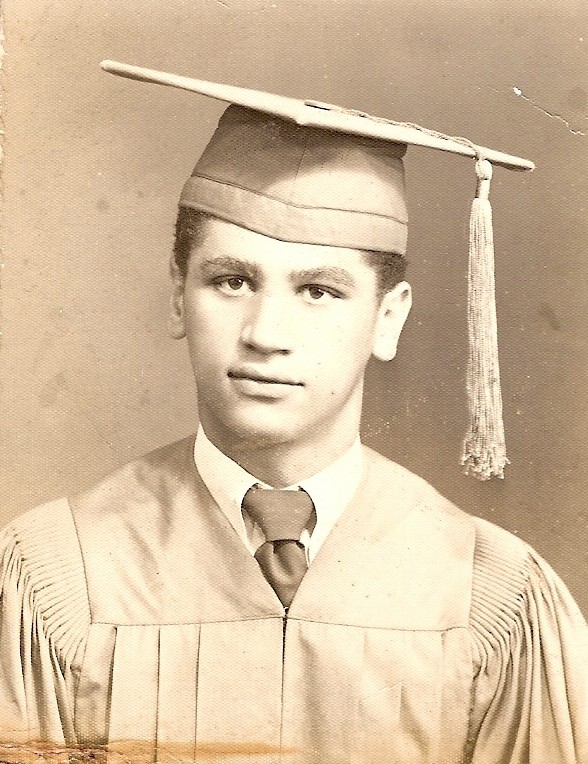
Kaho’ohanohano’s legacy lives on in Hawaii, where a National Guard armory is named in his honor.
World War II
Private Mikio Hasemoto
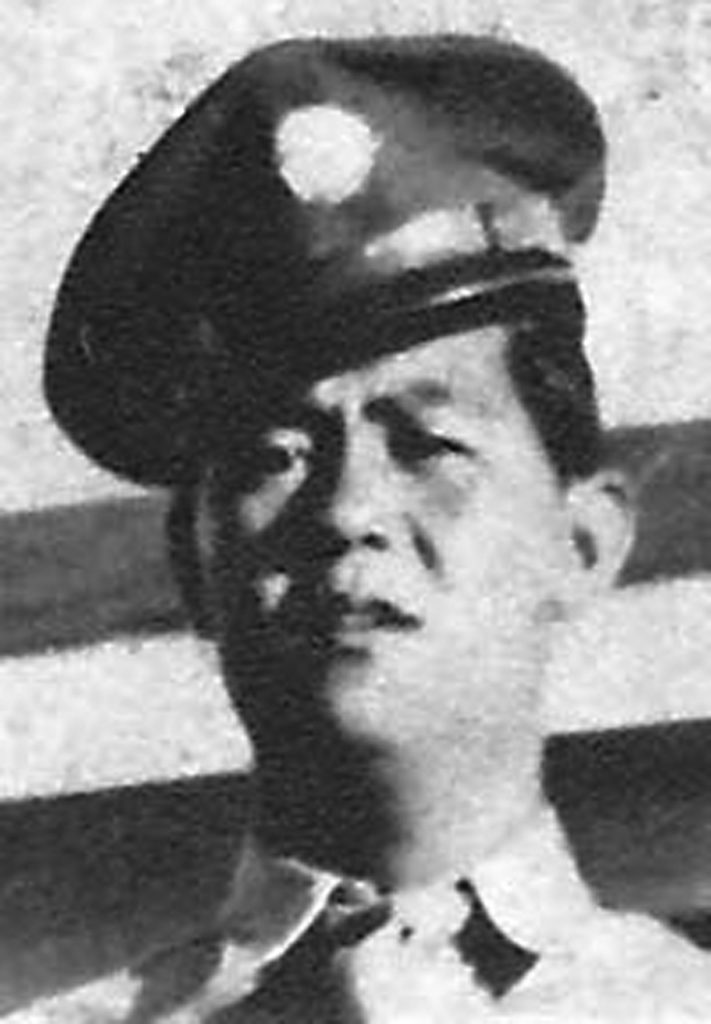
Private Mikio Hasemoto, a second-generation Japanese American was born in Honolulu, Hawaii, in 1916. Just months before the U.S. entered the war in June 1941, Hasemoto joined the Hawaii National guard as a 298th Infantry Soldier assigned to the Hawaiian Provisional Infantry Battalion. In 1942, he volunteered for the 100th Infantry Battalion, a newly formed unit composed of Japanese Americans.
Hasemoto displayed extraordinary heroism on 29 November 1943 in Cerasuolo, Italy, when he fought off an enemy attack. Despite his rifle being damaged, he repeatedly ran through enemy fire to retrieve new weapons and continue fighting. With his squad leader, he killed 20 enemy soldiers and captured one. Hasemoto continued to repel attacks until he was killed the next day.
Captain Francis Wai
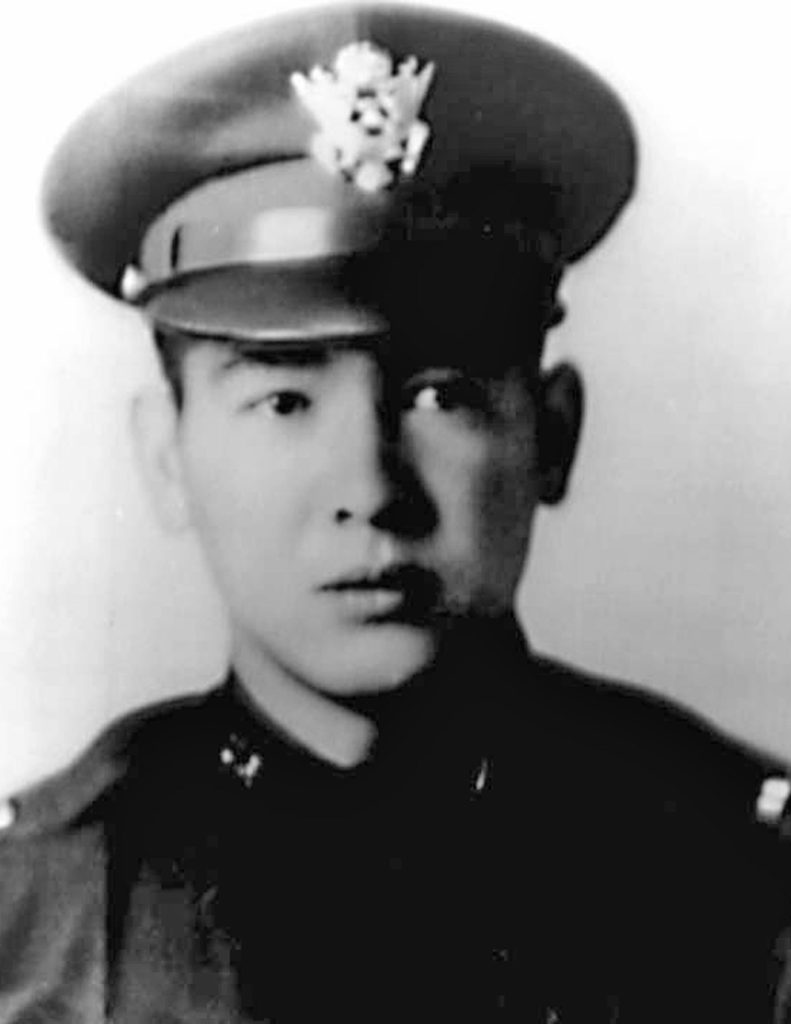
Born on April 14, 1917, in Honolulu, Hawaii, Captain Francis Wai was the son of a Chinese immigrant father and a native Hawaiian mother. He was commissioned as a second lieutenant in 1941 in the Hawaiian National Guard, which later became the 34th Infantry Regiment. When Japan attacked Pearl Harbor on December 7, 1941, the 34th Infantry Regiment was among the first to engage in combat.
During the landing at Red Beach, Leyte, Philippine Islands on 20 October 1944 Wai displayed extraordinary heroism. Upon finding the first four waves of soldiers disorganized and pinned down, he assumed command and led them through heavy enemy fire. Exposing himself to locate enemy strongholds, he inspired his men to follow him. During an assault on a Japanese pillbox, he was killed. Wai’s leadership played a key role in securing the beachhead.
Technical Sergeant Yeiki Kobashigawa
Technical Sergeant Yeiki Kobashigawa was born on September 28, 1917, in Hilo, Hawaii, to Japanese immigrant parents, and grew up working on a plantation. November 1941, the 298th Infantry Soldier was assigned to the Hawaiian Provisional Infantry Battalion. Kobashigawa’s military service was impacted by the Pearl Harbor attack, leading to Japanese Americans being separated into the 100th Infantry Battalion.
Kobashigawa displayed extraordinary heroism on 2 June 1944 near Lanuvio, Italy. During an attack, he identified and neutralized multiple enemy machine gun nests. He crawled forward to destroy the first nest, killing one enemy and capturing two prisoners. After being fired upon by another machine gun, Kobashigawa directed his squad to advance and, with his comrade, incapacitated the second nest, capturing four prisoners. He then led his squad to neutralize two additional machine gun positions.
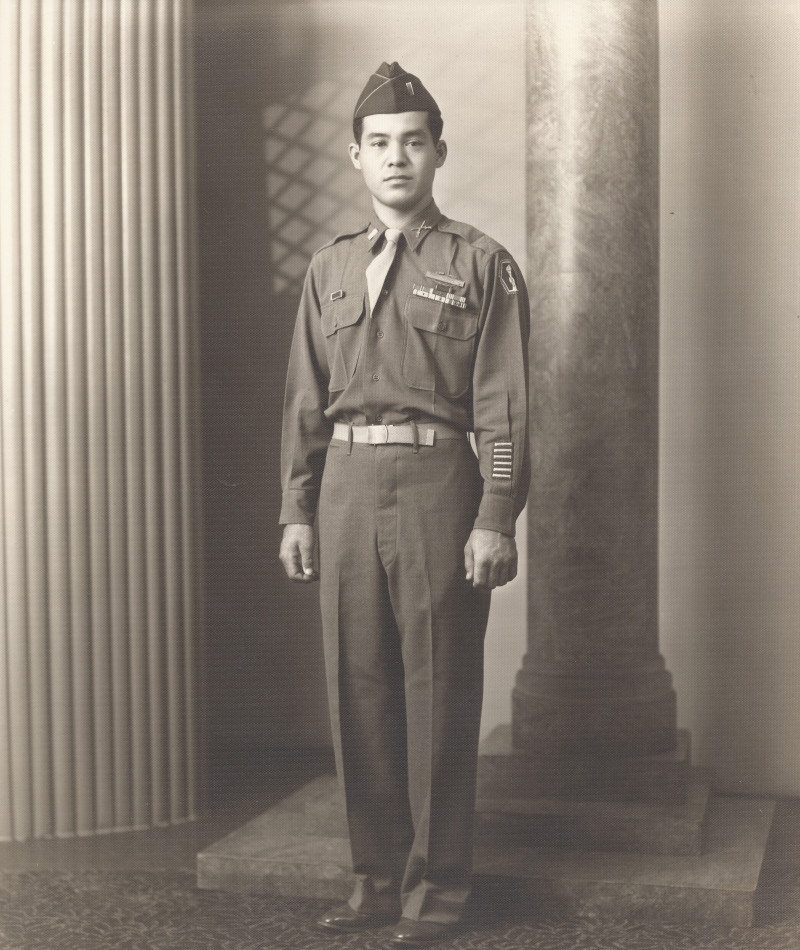
After the war, Kobashigawa returned to Hawaii working for Hawaiian Cement and became a respected mentor. He passed away on March 31, 2005, and is buried in the National Memorial Cemetery of the Pacific.
Sergeant Allan Ohata
Born on September 13, 1918, in Honolulu, Sergeant Allan Ohata was one of the 40 original Japanese members of the Hawaii National Guard Soldiers from the 298th Infantry who were mobilized on October 15, 1940. After the Pearl Harbor attack, he volunteered for the 100th Infantry Battalion and sailed to Europe in 1943.
Near Cerasuolo, Italy, on 29 and 30 November 1943 while defending his platoon’s left flank against an enemy force of 40 soldiers Ohata displayed extraordinary heroism. Despite heavy machine gun fire, he advanced 15 yards to assist a fellow soldier whose weapon had been damaged. Ohata killed 10 enemy soldiers and successfully covered his comrade’s withdrawal. Alongside the automatic rifleman, he killed 37 more enemy soldiers and captured three. The next day, Ohata helped stop another attack, killing four and wounding three.
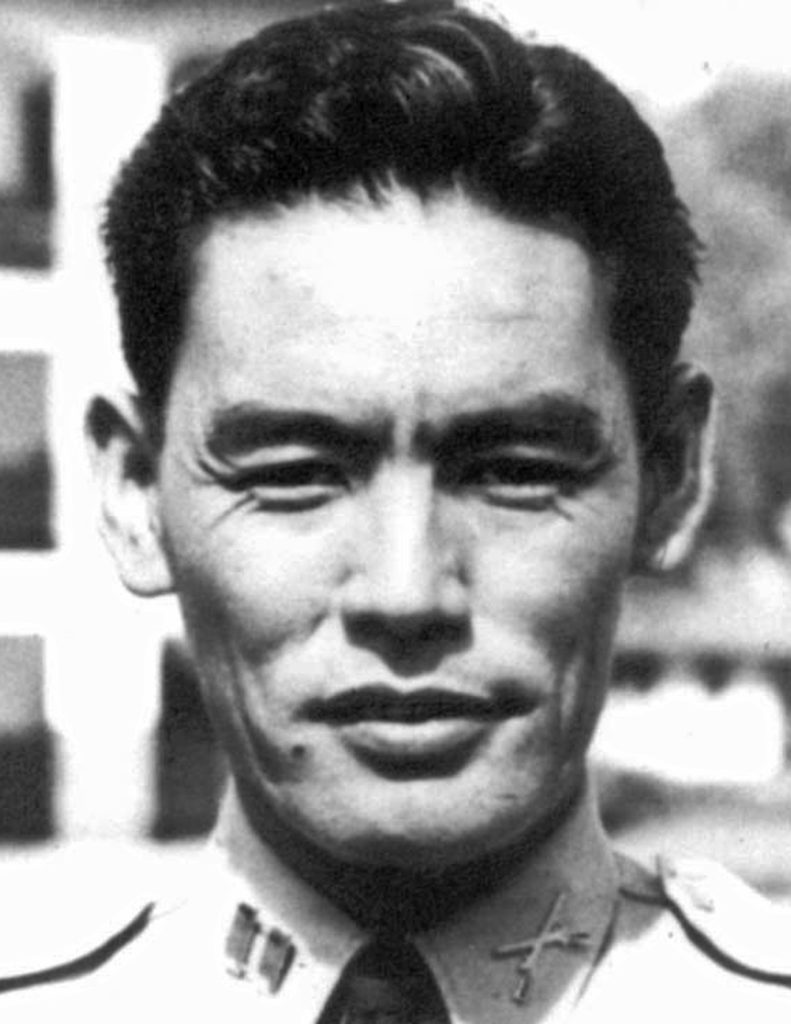
After the war, he returned home to earn an engineering degree and worked for Northrop Aircraft and Lockheed. Ohata lived a quiet life, rarely speaking about his war experience. He died of colon cancer on October 17, 1977, at the age of 59.
Private Shinyei Nakamine

Private Shinyei Nakamine was born on January 21, 1929, in Waianae, Oahu. Nakamine served as a soldier in the 298th Infantry and was assigned to the Hawaiian Provisional Infantry Battalion.
Nakamine displayed extraordinary heroism on 2 June 1944 near La Torreto, Italy. When his platoon was pinned down by intense enemy machine gun fire, he crawled toward the enemy position and charged, killing three soldiers and capturing two. Later, Nakamine killed an enemy soldier on his platoon’s right flank and led an automatic rifle team toward a machine gun nest, capturing four soldiers. He then attempted to neutralize another machine gun nest but was killed by enemy fire.
Private Masato Nakae
Born in Haena (Lihue), Kauai on December 20, 1917 was Private Masato Nakae a soldier in the 298th Infantry, assigned to the Hawaiian Provisional Infantry Battalion.
On 19 August 1944 near Pisa, Italy Nakae displayed extraordinary heroism. After his submachine gun was damaged, he used a wounded comrade’s M-1 rifle to fire grenades at the advancing enemy. Despite being seriously wounded by a mortar shell, Nakae refused to abandon his position, continued to fire, and threw six grenades, forcing the enemy to withdraw. His actions inflicted heavy casualties and helped break up the enemy attack.
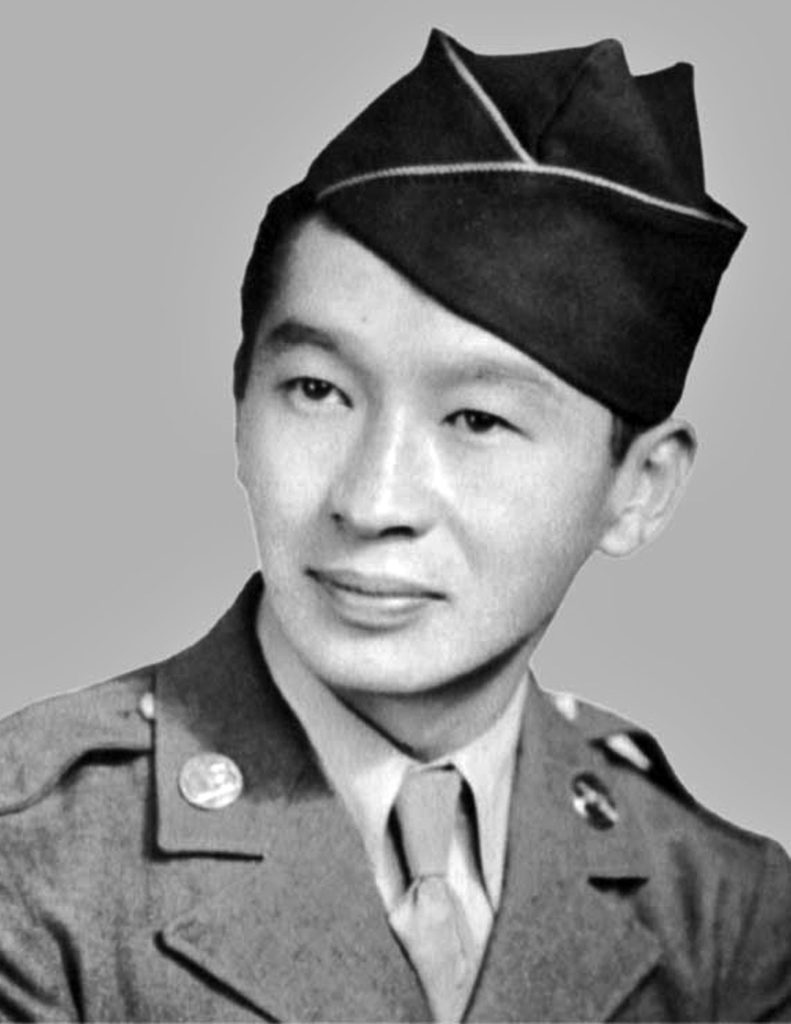
After the war Nakae lived in Honolulu until he passed away on September 4, 1998, at the age of 80, and was buried at the National Memorial Cemetery of the Pacific.
Private First Class Karou Moto
Private First Class Karou Moto was born on April 25, 1917, in Spreckelsville, Maui. A soldier in the 298th Infantry, he was assigned to the Hawaiian Provisional Infantry Battalion.
Moto displayed extraordinary heroism on 7 July 1944 near Castellina, Italy. After identifying a machine gun nest hindering his platoon, he killed the gunner and captured the assistant gunner. While guarding a house, Moto repelled an enemy machine gun team and was wounded by an enemy sniper. Despite his injury, he continued to engage the enemy, wounding two soldiers at a machine gun nest. Moto then crawled forward to force their surrender.

Before his passing at the age of 75 on August 26, 1992, in Makawao, Maui, Moto donated all of his medals to the Fort DeRussy Army Museum. In 2004, the Pacific Army Reserve honored his legacy by naming the 32-year-old Maui Army Reserve Center in Wailuku after him.
Private Shizuya Hayashi
On November 28, 1917, in Waiakea (Waialua), Oahu, where his parents worked at the Sugar Plantation Private Shizuya Hayashi was born. He was raised on the plantation and worked there after high school. Hayashi served as a soldier in the 298th Infantry, assigned to the Hawaiian Provisional Infantry Battalion.
On 29 November 1943 near Cerasuolo, Italy Hayashi displayed extraordinary heroism. During a flank assault, he charged an enemy machine gun position, killing seven soldiers and two more as they fled. After his platoon advanced, an enemy antiaircraft gun opened fire, and Hayashi responded by killing nine enemy soldiers, capturing four prisoners, and forcing the rest to withdraw.

He passed away on March 12, 2008, at the age of 90 and is buried at the National Memorial Cemetery of the Pacific.
The Medal of Honor is awarded only on rare occasions and is given to those who demonstrate exceptional courage and valor. In the last 165 years, since the medal was first authorized less then 3,500 have been awarded.
The State of Hawaii, Department of Defense (HIDOD)’ Retiree News does not endorse any of the external hyperlinks listed or posted on this site. This includes linked websites, information, products, or services contained therein. We are a government run website for which transparency and accountability are paramount. HIDOD cannot have the appearance of endorsement and are bound by the HIDOD Social Media Policy concerning political posts being respectful, honest, and accurate. Operational Security will additionally be adhered to. Retiree News does not exercise any editorial control over the information you may find at linked sites. Some of the sites linked to may limit the number of stories you can access without a paid subscription. All links were provided with the intent of meeting the mission of the HIDOD’s version of Retiree News.
